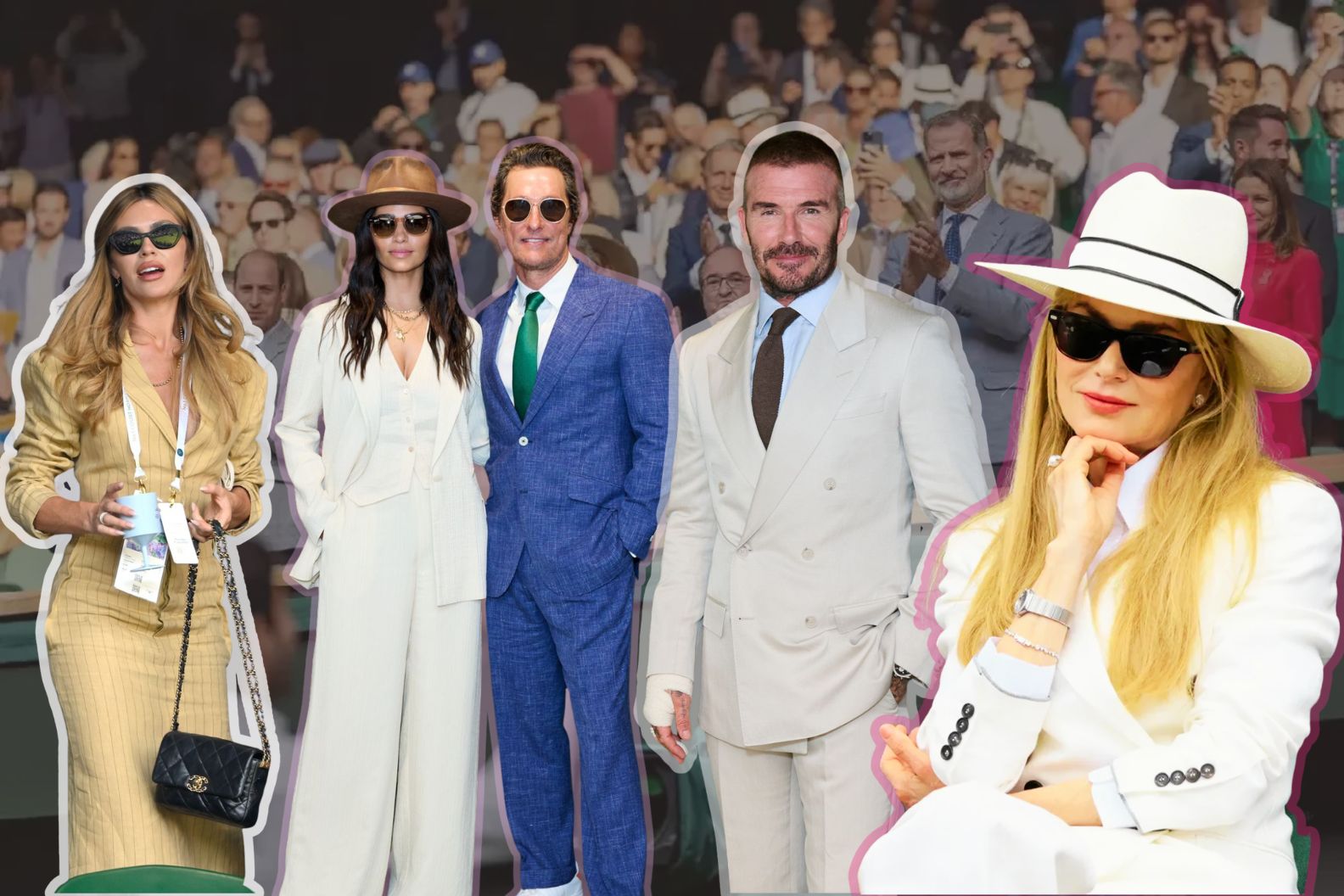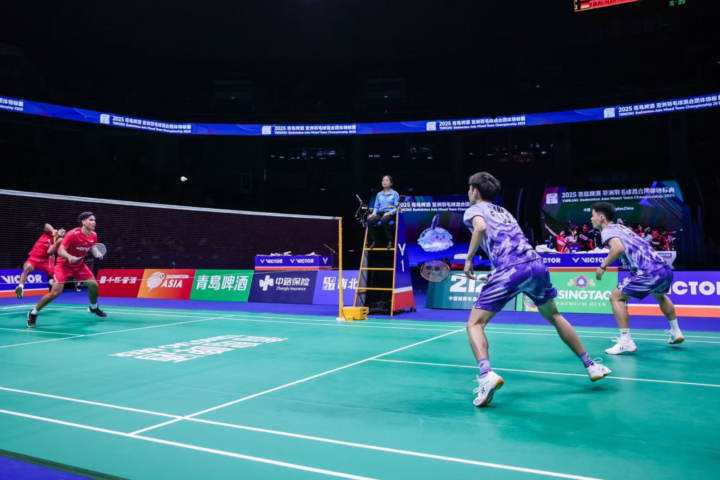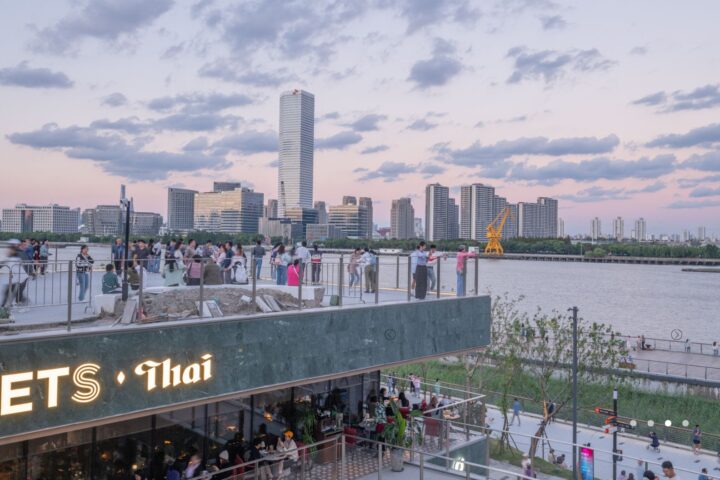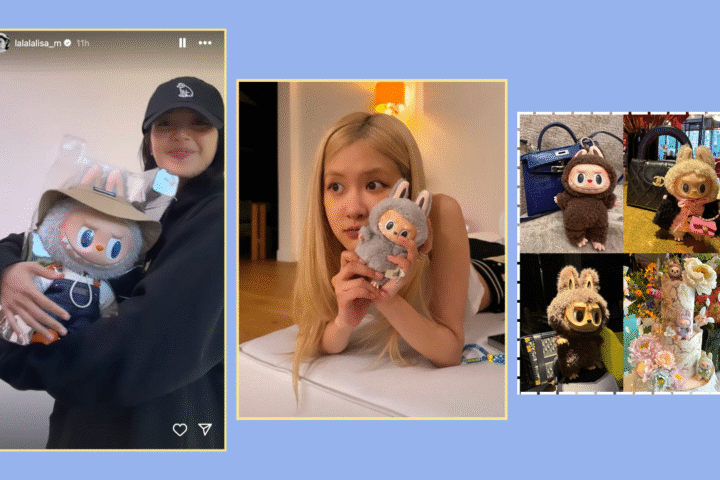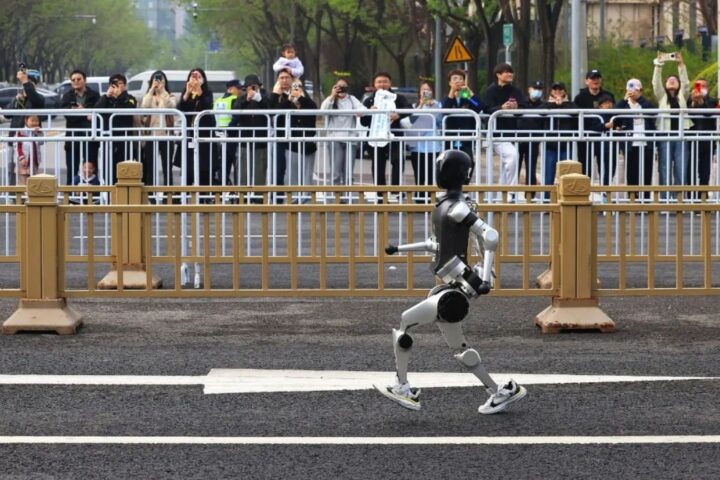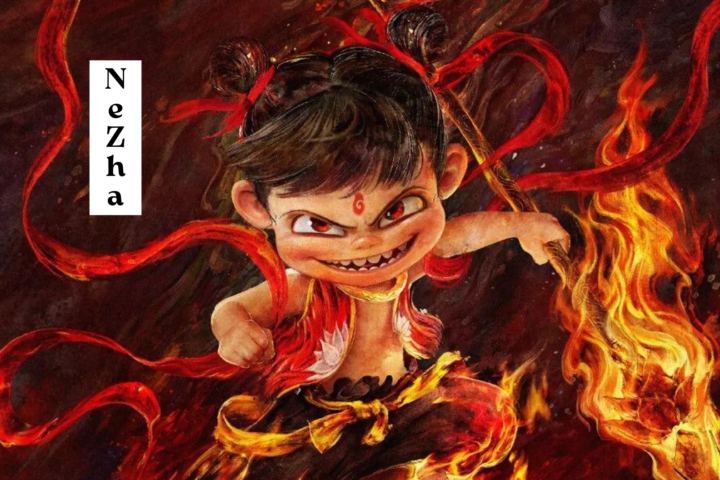Every year between late June and early July, the All England Lawn Tennis Club (AELTC) in southwest London hosts one of the most prestigious rituals in the world: The Wimbledon Tennis Championships. Yet for an increasing number of people in fashion and culture, Wimbledon has long transcended the category of “sports.” It feels more like a ceremony of aesthetics and social codes, a metaphor for etiquette, rhythm, and identity.
Since its very first edition in 1877, Wimbledon has held fast to one unshakable rule: players must wear white. In 19th-century high society, white was believed to disguise sweat, keeping appearances “proper.” The color became a symbol of what it meant to be appropriately dressed for the game.
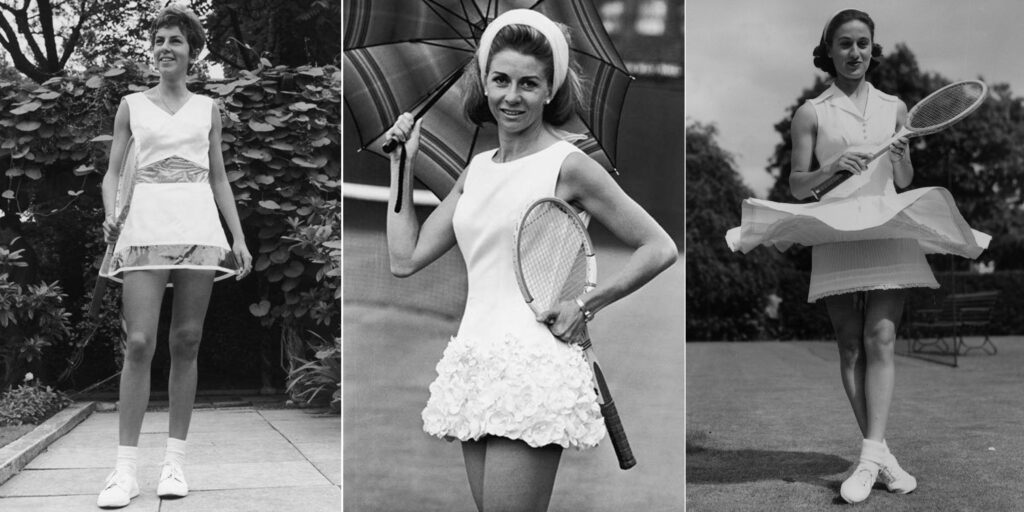
According to Wimbledon’s official regulations, players are required to wear “almost entirely white tennis attire” the moment they step onto the court. And here, white really means white—not cream, not ivory. The only exception is a single trim of color no wider than one centimeter, and sponsor logos in modest dimensions.
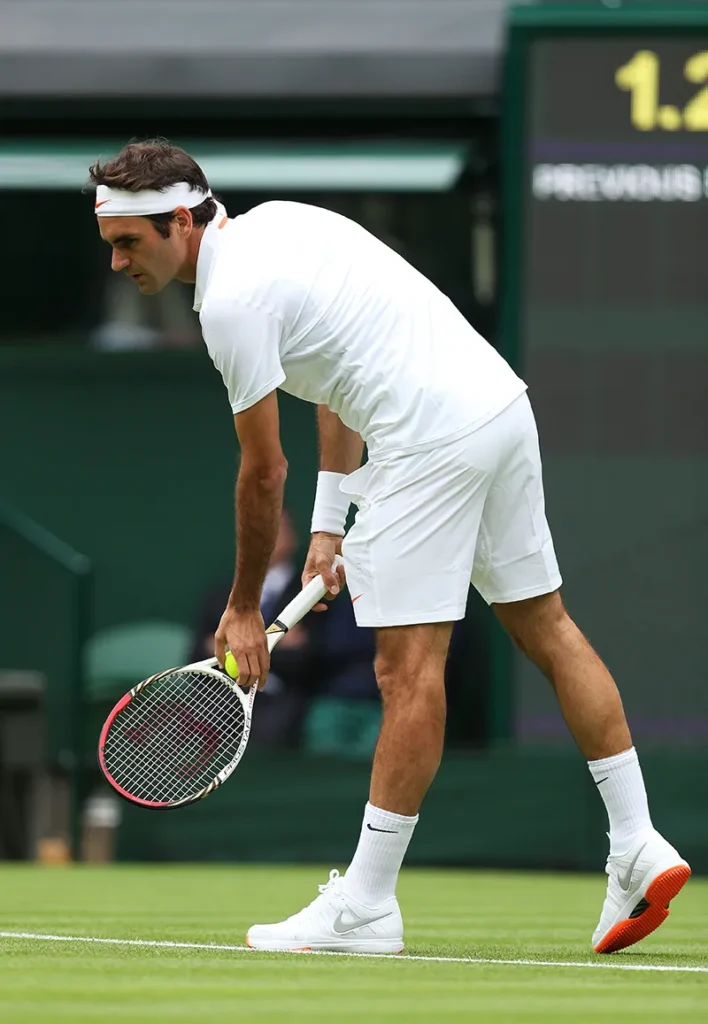
What began as a rule for players has had unexpected ripple effects. It has influenced the crowd, spilled into street style, and even shaped summer collections for major brands. During the tournament, the stands transform into a silent red carpet. There is no written dress code for spectators, yet the harmony is uncanny: linen suits, pleated skirts, knit cardigans, straw hats, sunglasses—rarely a note out of place.
Even Wimbledon itself has joked: “We probably have the best-dressed audience in the world.”
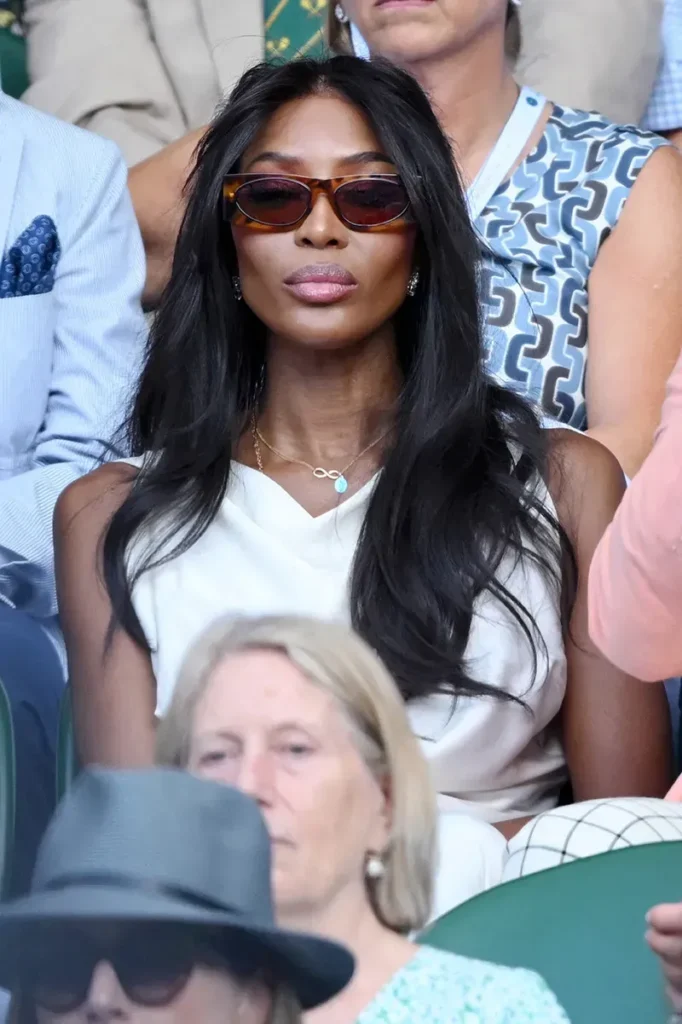
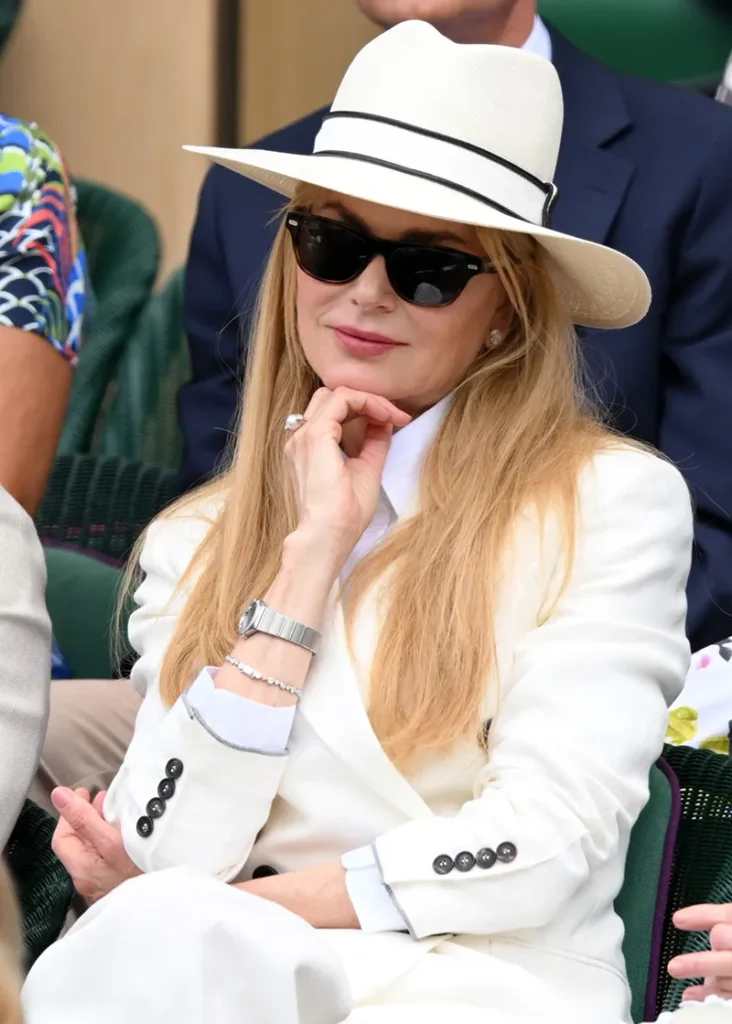

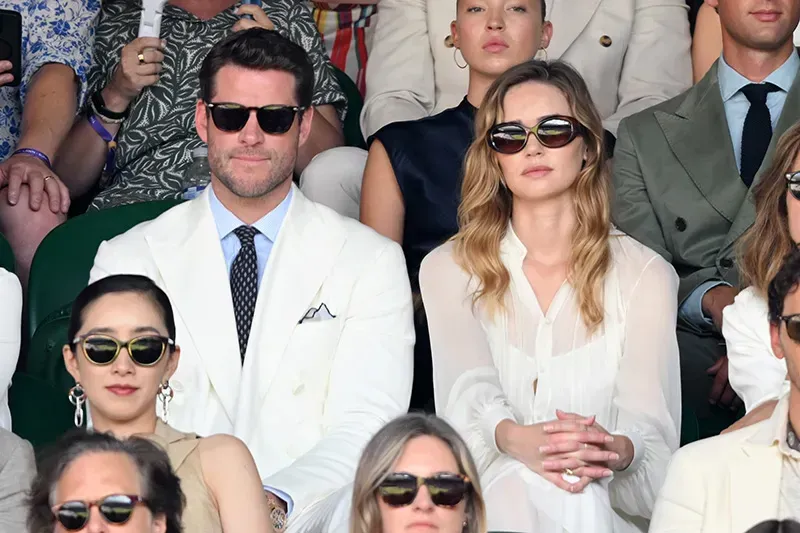
Here, white is no longer just a color—it is an attitude: clean, restrained, elegant, effortless yet impeccably sophisticated. And Wimbledon, without question, has become the world’s most stylish tennis event.
Watching Wimbledon is a global vote of personal style
On the grass, tennis is a duel of elegance and power. Beyond the court, elegance translates into a lifestyle, a tacit code of social identity.
From the Royal Box, we see this played out year after year: the Duchess of Cambridge in custom tailoring, Zendaya in haute couture, the Beckham family in beige three-pieces, and in 2025, the appearance of Brad Pitt alongside Roger Federer sent retro tennis chic into another frenzy across social media.
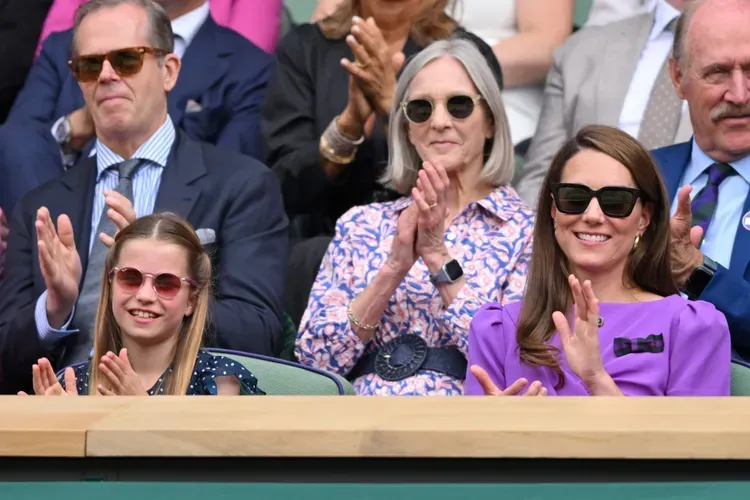
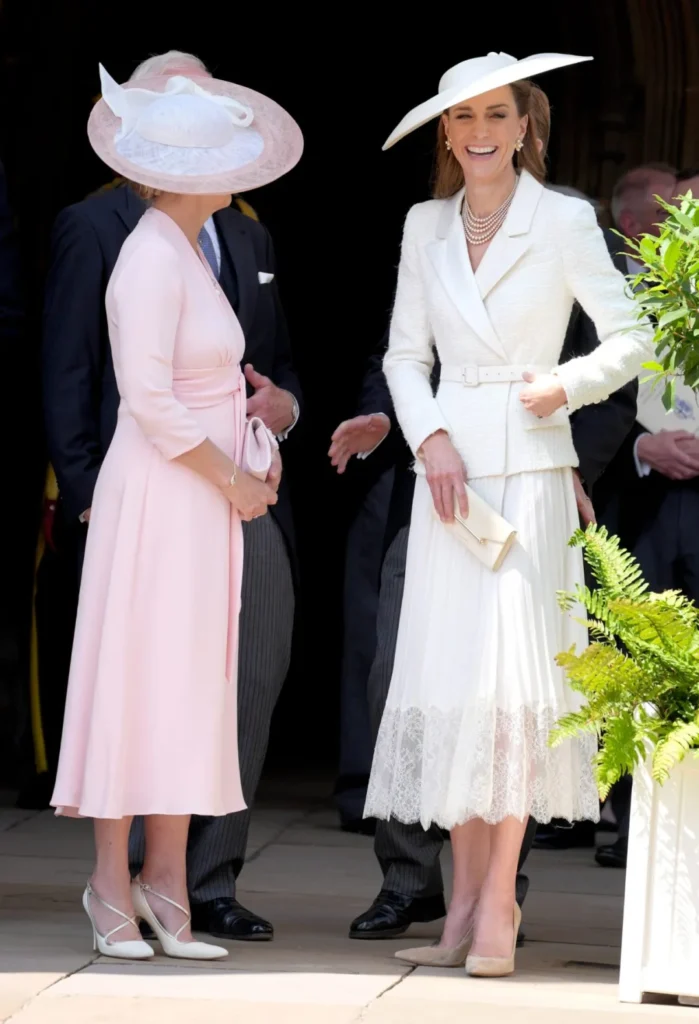
Inside, restraint reigns. Celebratory gestures are discouraged. Silence is expected. Spectators are asked to dress with discretion and refrain from using electronic devices. In the Royal Box, selfies, placards, and loud chatter are strictly forbidden.
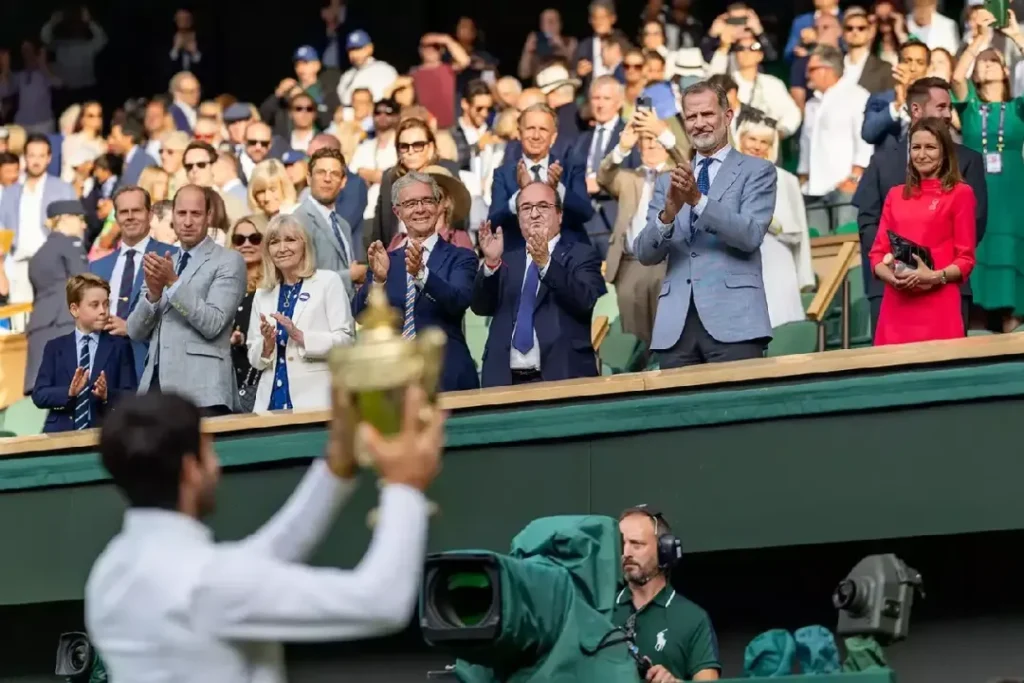
This collective discipline has become almost a form of spiritual practice. And it is precisely this cultural tension that makes Wimbledon not only the most respected of the Grand Slams, but also the hardest lifestyle to replicate. One could say that Wimbledon is the most authentic expression of what we now call Old Money style. In fact, it is not merely an extension of Old Money aesthetics—it is one of its origins.
Wimbledon and Old Money: a perfect union of restraint and refinement
Old Money is a philosophy of dressing that favors understatement, quality, and timelessness over trends. It shuns loud logos and instead leans toward navy, cream, and soft linen gray. It finds beauty in heritage fabrics, tailored suits, silk scarves, knitted vests, and pleated skirts. At Wimbledon, these elements form an unspoken dress code—a uniform of refinement.
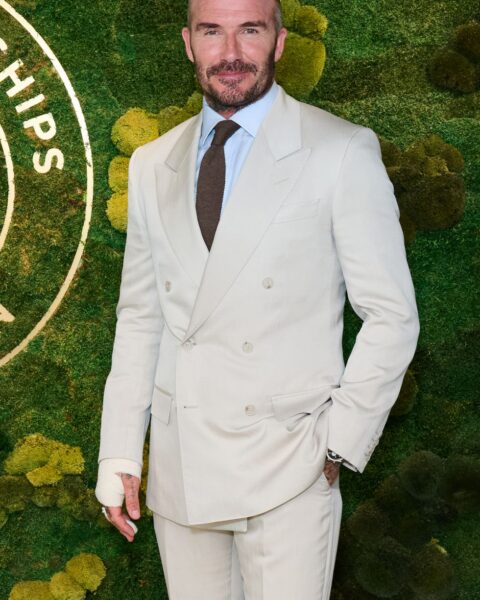

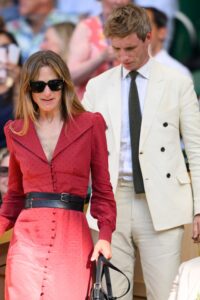

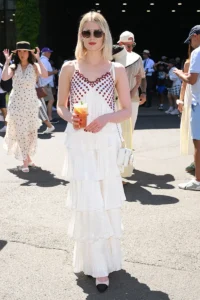


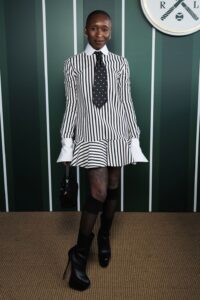

So what you see courtside is rarely the latest viral trend. Instead, it’s a visual language of recognizable symbols of the elite: gentle yet precise, affluent but never flashy.
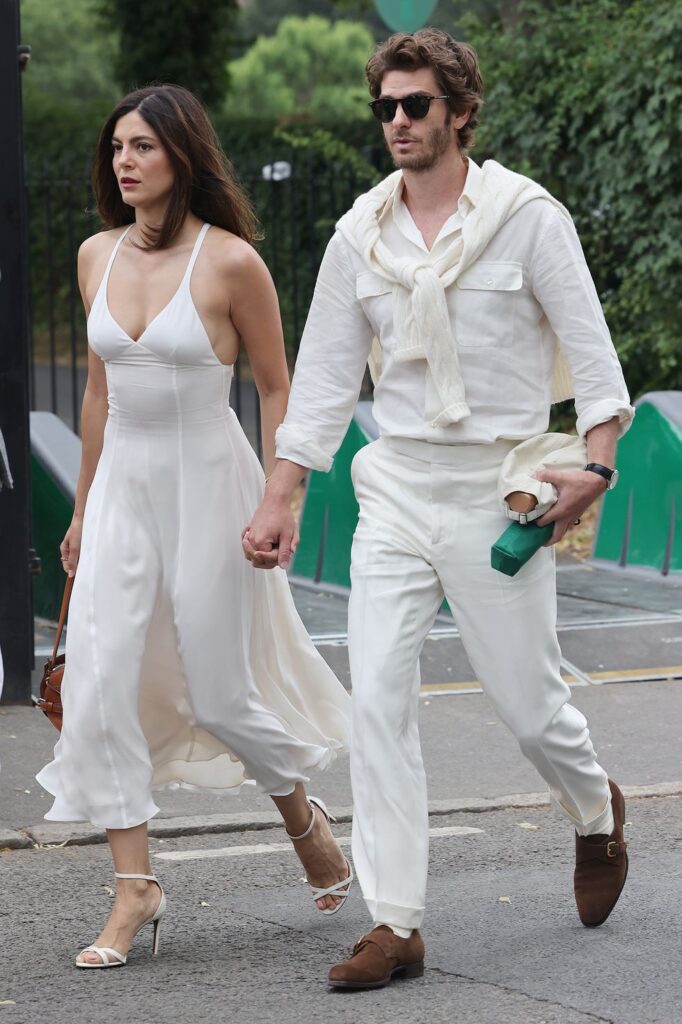
Tracing this back, Wimbledon is less about adopting Old Money style and more about embodying its very roots. Born from the British upper class’s reverence for “calm elegance” and “effortless composure,” Wimbledon has long stood as the stage where these values play out. From the aristocratic country club gatherings of early English tennis to the etiquette of the Queen’s era, Wimbledon remains a living definition of how to spend a summer in elegance.
Wimbledon Quick Facts
675 matches are played over 14 days across 19 different courts.
More than 200,000 boxes of strawberries are sold each year (traditionally served with cream—a must-have for spectators).
55,000 tennis balls are used throughout the tournament. Since 1986, yellow balls have been in play to enhance visibility for audiences.
Last year, matches were streamed or watched on-demand over 50.2 million times via BBC iPlayer and BBC Sport.
